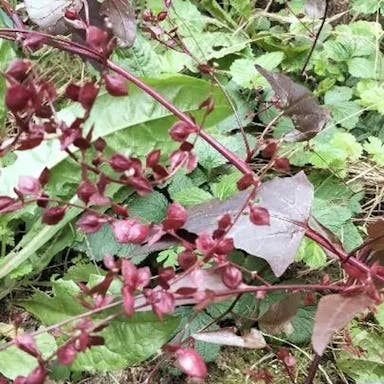Mournful-widow seedlings should have sturdy stems and healthy, green leaves without any signs of discoloration or wilting. Ensure the roots are well-developed and not overcrowded in the container. When selecting Mournful-widow seeds, opt for plump, firm seeds without any visible damage or signs of mold. Choose seeds from reputable suppliers to ensure quality and viability. Different varieties of Mournful-widow may vary in flower color, size, and growth habit. For example, 'Black Knight' features deep purple flowers, while 'Ace of Spades' displays almost black blooms.
0
0












